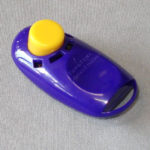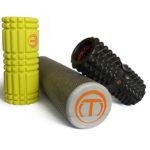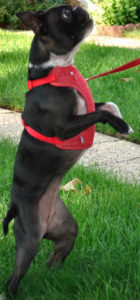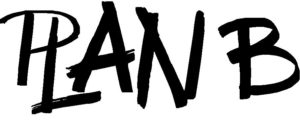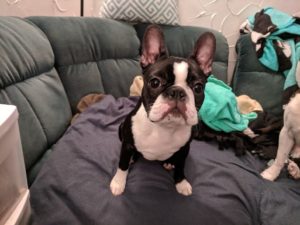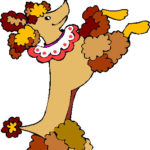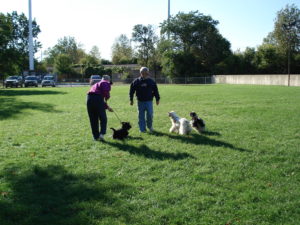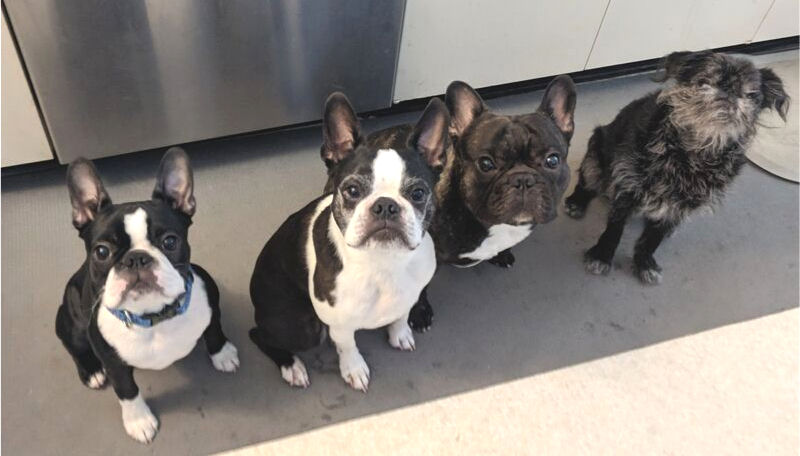Any dog can do anything!
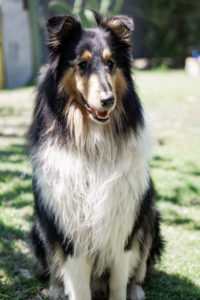
Any dog can learn anything. Unless the task needs thumbs. Then, maybe not.
Other than that – if you can think of it and define the steps it takes to get there, you can teach it to your dog.
However – there are lots and lots of people, dog trainers included, who limit themselves and their dogs with the labels they slap on.
“Good enough is okay – he’s a French Bulldog.”
“Shepherds can’t be trained all positive.”
“He’s a Pointer – retrieves aren’t his thing.”
WRONG! All of them.
Don’t put labels on your dog!
Our dogs’ breeds may influence how we teach them, but not whether they can be taught, or the standards we expect.
For example: Housebreaking is an absolute and everyone teaches their dogs to “potty” when and where they should. All healthy dogs are taught to keep their homes clean and eliminate appropriately. It may take a while, especially with dogs adopted from less-than-ideal circumstances. But it’s a priority, so owners take the steps necessary to achieve this vital training.
We set the criteria, teach our dogs what it is. And expect them to achieve it.
Different criteria for different breeds? Only if you set them that way.
We have a friend with a French Bulldog competing in Obedience. Our friend also has a Border Collie, a breed known for its achievements in all kinds of dog sports. Our friend has different criteria for her Border Collie than for her Frenchie.
Is the BC smarter than the Frenchie? It depends on how you rate intelligence. Border Collies love to work and will “heel” all day, given the opportunity. Frenchies would rather lounge on the couch than “heel” and her dog has taught her to expect minimal effort. From our perspective – the Frenchie has trained our friend and may be the smartest of the three.
The only different criteria may be the reward!
If you have a “Working” breed of dog – like a Border Collie or a German Shepherd, the “work” of training may be ample reward for your dog. They’re bred to work with people and to love that work. They may not “need” any other rewards – but the attitude you get may amp up even more if rewards are offered.
“Companion” breeds, like French Bulldogs, Pugs, Chihuahuas, and many others, may need to be convinced that training is more fun that napping – but it’s easy to do. If you ask your couch potato dog to come play a game with you, let him/her know there are treats involved, they’ll certainly check out what you’re offering! And if you let them know; with your tone, your rewards, and your praise, what good dogs they are, how clever they are, and how much you love them, they’ll do it more. Love it more. And meet every expectation you have for them.
Bottom Line: You and Your Dog Can Do Anything Better Than Lassie!
You and your dog can do it. Set the standard. Teach the steps. Reward the progress. Have some fun with your dog.

